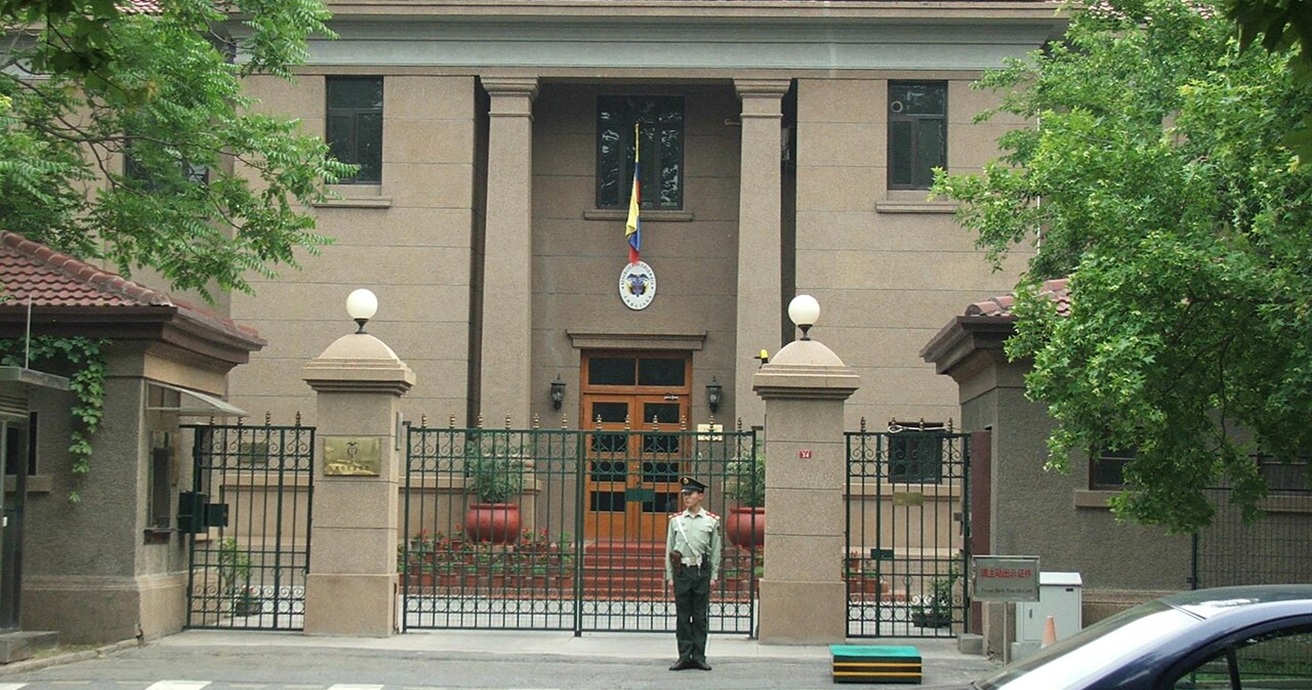As disasters become more frequent, Pacific nations are bearing the brunt. But under current international rules, how will the true costs of climate change ever be met?
Every year Pacific countries gear up for the annual cyclone season that typically occurs between November and April, undertaking preparedness measures and scenario planning. However, the last few years have seen more extended and intense cyclone seasons that test the limits of preparations and response mechanisms.
In 2020, while also implementing measures to address COVID-19, Fiji and other Pacific nations battled through two Category 5 cyclones. Tropical Cyclone Harold hit Vanuatu, Tonga, Solomon Islands, and Fiji in April 2020. Winds in Vanuatu hit speeds of up to 270 kilometres per hour. In Espiritu Santo, the largest island in Vanuatu, it destroyed between 80 to 90 percent of the island’s homes. Tropical Cyclone Yasa followed in December, causing an estimated loss of almost US $250 million to Fiji’s infrastructure, livelihoods, and agriculture. Alarmingly, we have also seen significant cyclone activity in the Pacific in June this year, well outside of the traditional season.
While remarkable, this was not unpredicted, and is in line with the findings of recent reports, including the International Red Cross’ World Disaster Report. Published by the International Federation of the Red Cross and Red Crescent in 2020, the report highlights that the number of climate and weather-related disasters has been increasing since the 1960s and has risen almost 35 percent since the 1990s.
The most recent IPCC Working Group II Report on Impacts, Adaptation, and Vulnerability found that climate change is already contributing to humanitarian crises, suggesting with near certainty that the rise in weather and climate extremes has led to some irreversible impacts, as natural and human systems are pushed beyond their ability to adapt. It paints a troubling picture of how climate impacts are already more widespread, occurring earlier and worse than expected. In doing so, it critically underlines that loss and damages from climate change are projected to increase in line with global warming levels.
The reality is that climate change is already impacting all aspects of life in Pacific countries. It affects communities in such a prolonged way that adaptation and mitigation processes alone will not be sufficient to protect the toll environmental damage will take on lives, infrastructure, and livelihoods. We also know that the impacts of climate change are worse for marginalised people, such as women and children, those living in informal settlements, or those with a disability. This in turn undermines efforts to achieve sustainable development.
Yet, after every devastating cyclone season, after every disaster, Pacific governments are forced to jump through complicated hoops in order to secure international funding to address these damages and re-establish their economies and livelihoods.
For many years Australia has supported Pacific countries to address the impact of climate change through development assistance for adaptation activities, humanitarian response, resilience building, and supporting scientific and data analysis. More recently, the Australian Minister for Foreign Affairs, Penny Wong, announced a step change on climate action, telling Pacific countries that “we have heard you” in their identification of climate change as an existential threat.
But we are now in territory where humanitarian assistance and Official Development Assistance (ODA) will be insufficient to address the sustained loss and damage to Pacific communities. For one thing, the international humanitarian sector is already overstretched. A recent report from Oxfam International estimates that funding requirements for UN humanitarian appeals linked to extreme weather are eight times higher than they were 20 years ago. It is also not the most appropriate support mechanism, given its focus on short term funding which does not respond to the slower-onset symptoms of climate change, such as sea-level rise and its devastating consequences.
The crises faced by Australia’s Pacific neighbours was brought squarely into the international spotlight last year at the Conference of Parties (COP) 26 in Glasgow. Through some tenacious advocacy, there was agreement to establish the Glasgow Dialogue on Loss and Damage with the aim to bring together a broad range of stakeholders to discuss possible institutional arrangements to address loss and damage.
Although limited, this new dialogue stream was seen by many as a breakthrough. It builds on work over the past decade by Pacific leaders and others to define what many are calling a third pillar under the United Nations Framework Convention on Climate Change (UNFCCC) alongside mitigation and adaptation. Establishing this dialogue stream was not achieved without some considerable controversy and pushback, especially from some high-income countries.
In June of this year, Pacific climate negotiators and technical officials, alongside the broader Alliance of Small Island States (AOSIS), have again undertaken much behind the scene planning and advocacy at the first Glasgow Dialogue on Loss and Damage at the UNFCCC Bonn climate talks. The ongoing level of dialogue required for these sprawling global events takes extraordinary persistence and tenacity. At each step, Pacific negotiators are pushing to turn loss and damage into a formal agenda item for COP27 in November in Egypt.
Unfortunately, the recent Bonn climate meetings were again unable to move the negotiations on financial mechanisms to address loss and damage forward within the formal UNFCCC system, concluding that “more time is needed to reach an agreement.” Given this impasse on negotiations, and with Australia looking to reset its relationship with the Pacific, it is an area that calls for greater Australian diplomatic engagement and support. There is room for Australia to listen and amplify Pacific voices and push other countries on practical pathways and solutions on loss and damage, not only in the UNFCCC, but other international forums such as the G7 and G20. Using Australia’s integrated diplomatic efforts in this way was also recognised in the recent report by the Asia-Pacific Development, Diplomacy & Defence Dialogue. This would be a highly valued and practical manifestation of the new and elevated focus on climate change in Pacific-Australia relationships.
Fiona Tarpey is undertaking a PhD on humanitarian governance in Asia and Pacific at Deakin University. She is co-chair of ACFID’s Development Practice Committee, and is on leave from her position as the Head of Advocacy for the International Programs Department at Australian Red Cross in Melbourne.
This article is published under a Creative Commons License and may be republished with attribution.




